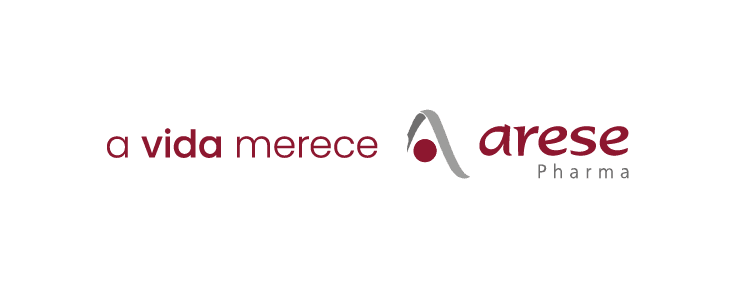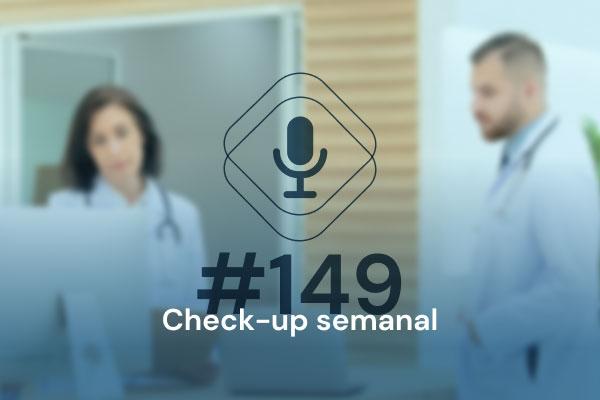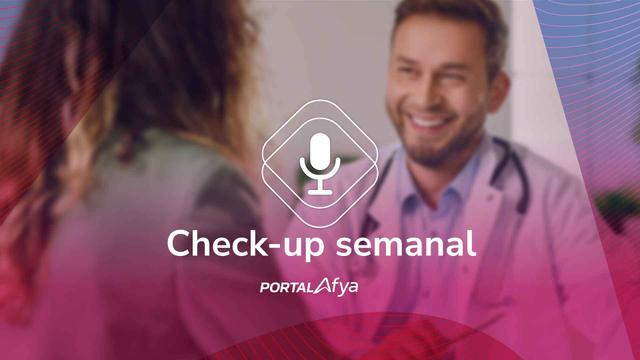Neste episódio do podcast, as médicas Lygia Lauand e Zuleid Mattar discutem os desafios e soluções para garantir o desenvolvimento global adequado em crianças com restrição alimentar. O foco está na importância da suplementação vitamínica e mineral, especialmente em casos de seletividade alimentar, deficiências nutricionais e prevenção de doenças, como anemia, raquitismo e baixa estatura.
A conversa aborda nutrientes essenciais, como cálcio,4 vitamina D,4 ferro,2 ômega 3,5-9 zinco,10,11 cobre10,11 e magnésio10,11, destacando seus papéis no crescimento ósseo, imunidade e cognição infantil. Estudos mostram que a deficiência de ferro pode causar impactos cognitivos irreversíveis,2 enquanto o ômega 3, especialmente o DHA, é fundamental para o desenvolvimento cerebral.5
Também são discutidos aspectos técnicos que influenciam a adesão ao tratamento, como palatabilidade, pureza da fórmula, uso de água WFI e ausência de parabenos, garantindo segurança e aceitação pelas crianças.12-18
A suplementação deve ser sempre individualizada e orientada por profissionais de saúde, com base em evidências científicas e recomendações oficiais, como as da Sociedade Brasileira de Pediatria e FDA.1-3
Este conteúdo é essencial para pediatras, nutricionistas, cuidadores e profissionais da saúde que buscam promover o bem-estar infantil por meio de estratégias nutricionais eficazes.
Autoria

Lygia Lauand
Lygia é gastropediatra e médica assistente do departamento de pediatria, puericultura e gastroenterologia da Santa Casa de Misericórdia de São Paulo e preceptora dos residentes. Certificada pela Sociedade Brasileira de Pediatria e Federação Brasileira de Gastroenterologia, faz parte do Departamento Científico de Gastroenterologia Pediátrica da Sociedade Paulista de Pediatria. Desde 2017 é professora de pediatria do grupo Afya Educacional e redatora Pedpapers.
Como você avalia este conteúdo?
Sua opinião ajudará outros médicos a encontrar conteúdos mais relevantes.







